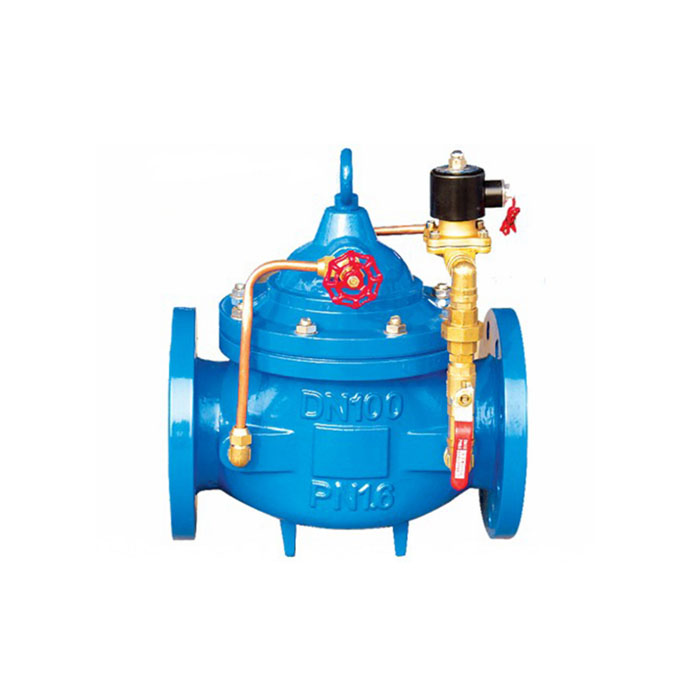Flexible Rubber Joints for Piping Systems and Their Applications in Various Industries
Understanding Rubber Joints for Pipes A Comprehensive Overview
Rubber joints, often referred to as flexible rubber connectors or expansion joints, play a critical role in modern piping systems. These components are designed to accommodate movement, absorb vibration, and reduce stress on piping systems due to thermal expansion, misalignment, or seismic activity. With a variety of applications across different industries, understanding the significance and functionality of rubber joints is essential for engineers and maintenance personnel.
What Are Rubber Joints?
Rubber joints are flexible connectors made from elastomeric materials, usually rubber, which provide a buffer between two rigid sections of pipe. Their primary function is to absorb movement caused by temperature changes, pressure fluctuations, or mechanical vibrations. By doing so, they prevent damage to the pipes and maintain the integrity of the piping system. Rubber joints are available in various shapes, sizes, and configurations, making them suitable for numerous applications.
Key Benefits of Rubber Joints
1. Flexibility One of the standout features of rubber joints is their ability to flex and accommodate movement. This flexibility allows pipelines to expand and contract without risking structural failure.
2. Vibration Dampening Machinery and fluid flow can generate significant vibrations that may negatively impact piping systems. Rubber joints serve as effective vibration dampeners, absorbing shocks and minimizing noise, which contributes to a more stable operating environment.
3. Misalignment Compensation In many situations, pipes may be installed with minor misalignments. Rubber joints can absorb these discrepancies, preventing undue stress on the entire pipeline and reducing the risk of leaks.
4. Corrosion Resistance Many rubber joints are designed to resist corrosion, making them ideal for use in challenging environments and industries, such as wastewater treatment or chemical processing.
5. Ease of Installation Rubber joints are typically easier to install than rigid fittings, allowing for quicker assembly and reduced downtime during maintenance or new installations.
Applications of Rubber Joints
Rubber joints are utilized in a diverse array of industries, including
rubber joints for pipes

- Water and Wastewater Management In municipal water systems and sewage treatment plants, rubber joints help mitigate vibrations and absorb movement from fluctuating pipe pressures. - HVAC Systems In heating, ventilation, and air conditioning systems, rubber joints prevent vibrations and accommodate the thermal expansion of ductwork and piping.
- Industrial Processes Manufacturing plants often employ rubber joints to connect various piping systems, where vibration absorption and flexibility are crucial for operational stability.
- Power Generation In power plants, rubber joints help manage the thermal expansion of steam and cooling water pipes, ensuring reliable performance.
Considerations When Selecting Rubber Joints
When selecting rubber joints for a specific application, several factors must be taken into account
- Operating Conditions Consider the temperature, pressure, and type of fluids transported through the pipes. It is essential to choose rubber materials that can withstand these conditions.
- Size and Configuration The size and type of rubber joint should match the diameter and layout of the pipe system to ensure a proper fit.
- Chemical Compatibility Ensure that the rubber material is compatible with the fluids it will encounter to avoid degradation and failure.
- Regulatory Standards Depending on the industry, specific regulatory standards may need to be met, which can dictate material and design choices.
Conclusion
Rubber joints are indispensable components in modern piping systems, providing flexibility, reducing vibrations, and accommodating misalignments. Their versatility makes them suitable for various applications across multiple industries. Understanding the benefits, applications, and selection criteria for rubber joints is crucial for ensuring the efficiency and longevity of piping systems. As industries continue to evolve, the role of rubber joints in maintaining system integrity and performance will remain vital.
-
Breakthrough in Domestic Low Temperature Valve Technology in ChinaNewsAug.18,2025
-
From Machinery to Intelligent Brain: The Digital Transformation Wave of the Valve IndustryNewsAug.18,2025
-
PCVEXPO 2025NewsAug.18,2025
-
The Key to Fluid Control: Exploring the Advantages of Ball Valves in Industrial SystemsNewsJul.09,2025
-
The Versatile World of 1, 2, and 3 Piece Ball ValvesNewsJul.09,2025
-
Stainless Steel Ball Valves: The Ideal Choice for Efficient Flow ControlNewsJul.09,2025
-
Optimizing Fluid Control with Ball Float ValvesNewsJul.09,2025




